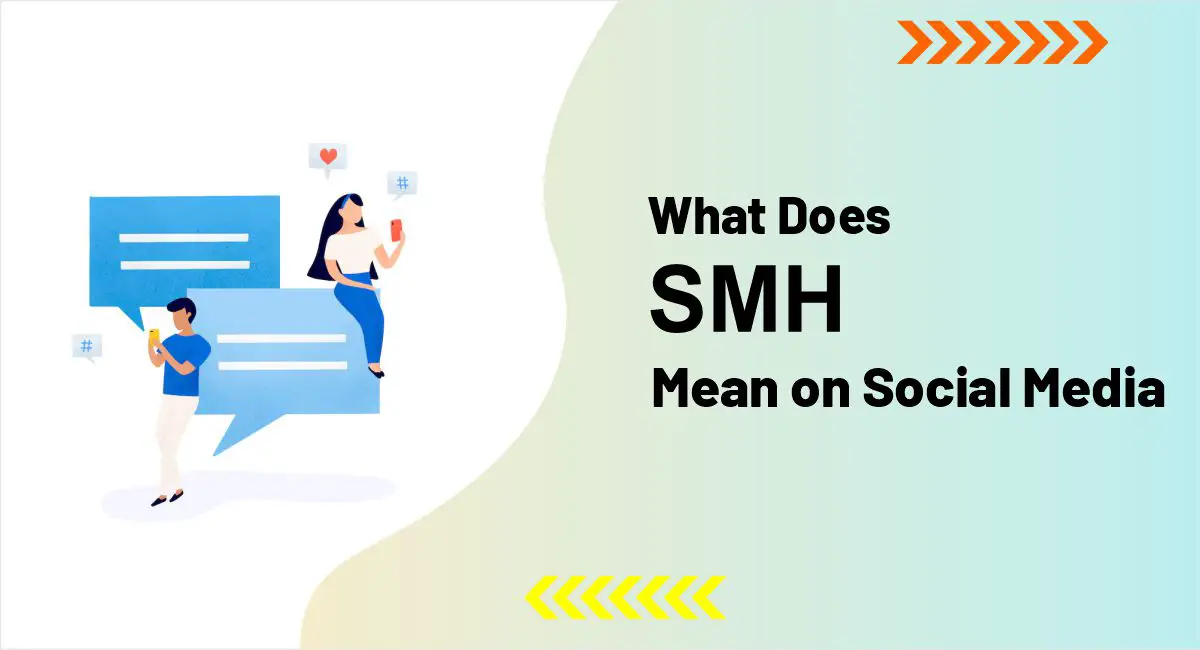What Does SMH Mean? Exploring the Internet Slang That Signals Disbelief
In today’s fast-paced digital world, acronyms and shorthand expressions are essential tools for communicating efficiently—especially on social media. One popular slang term that has stood the test of time is SMH, which stands for “shaking my head.” It’s a simple, three-letter acronym used to convey disbelief, disappointment, disapproval, or frustration, often without needing to say much more.
Whether you’re scrolling through Twitter (now X), browsing memes on Instagram, or texting with friends, you’ve likely come across this expression. But what exactly does SMH mean, how is it used, and what are its origins? Let’s break it down.
What Does SMH Mean?
SMH stands for “shaking my head.” It’s a digital shorthand people use to express feelings of disbelief, annoyance, frustration, or disappointment. When someone types “SMH” in a comment or message, they’re essentially saying, “I can’t believe this,” or “This is ridiculous.”
It’s a quick, non-verbal way to show disapproval or dismay. For example:
- “Just saw someone put ketchup on pizza… SMH.”
- “Another missed deadline. SMH.”
It’s perfect for situations where words might fail, and a simple virtual head shake says it all.
The Origin of SMH
SMH originated in early internet forums, text messaging, and chat rooms during the 1990s and early 2000s. These platforms were the breeding ground for many internet acronyms like LOL (laugh out loud), BRB (be right back), and of course, SMH.
The phrase became more widespread with the rise of social media platforms like Facebook, Twitter, and Tumblr, where brevity and character limits encouraged the use of abbreviations.
By the 2010s, SMH had become a staple of online slang, appearing regularly in tweets, comment sections, reaction memes, and viral content. Today, it’s a widely recognized acronym used across various platforms and age groups.
How Is SMH Used in Social Media Posts and Messages?
SMH is one of the most versatile internet acronyms and can be used in multiple contexts:
1. Expressing Disappointment or Frustration
- “The store ran out of ice cream again. SMH.”
- “My team lost a game we should’ve won. SMH.”
2. Reacting to Foolish Behavior
- “Just saw someone try to microwave aluminum foil. SMH.”
- “They really think the Earth is flat? SMH.”
3. Highlighting Mistakes or Oversights
- “Misspelled my own name on the job application. SMH.”
- “Forgot to attach the file to the email. SMH.”
4. Commenting on News or Pop Culture
- “Another celebrity breakup today. SMH.”
- “This new movie remake is awful. SMH.”
5. Used in Memes and Viral Reactions
SMH is often used as a caption in meme culture. It’s frequently paired with facial expressions or GIFs that visually demonstrate the act of shaking one’s head.
SMH vs. Other Similar Slang Terms
While SMH stands strong on its own, it’s part of a broader group of reaction-based acronyms:
- SMDH – Shaking my damn head (an intensified version of SMH)
- FR – For real (used for emphasis or agreement)
- TFW – That feeling when (used to describe a relatable moment)
- IDK – I don’t know (used for uncertain or clueless moments)
Each of these acronyms can accompany or complement SMH, depending on the situation.
The Role of SMH in Expressing Disapproval or Disbelief
SMH is powerful because it communicates nonverbal emotion quickly and universally. In real life, we might shake our heads when someone says or does something questionable. Online, SMH performs the same function, turning physical reactions into digital shorthand.
This form of expression helps:
- Convey sarcasm or irony
- Share emotional responses without long explanations
- React instantly to surprising or cringeworthy content
For instance, when a public figure posts something controversial, the comment section may flood with SMH responses to show the collective disappointment.
Examples of SMH in Everyday Online Communication
On Twitter/X:
“People still think 5G causes COVID… SMH.”
On Instagram:
[Photo of burnt food] “Tried to cook for the first time. SMH.”
In a text conversation:
“Forgot to charge my phone last night.” “SMH. That’s the third time this week!”
In memes:
A dog wearing sunglasses, captioned: “When you hear your neighbor mowing the lawn at 7 AM. SMH.”
These examples show how SMH fits effortlessly into digital conversations.
SMH in Social Media Marketing: Do’s and Don’ts
Using slang like SMH in marketing requires caution. It can add personality to your brand but can also backfire if used incorrectly.
✅ Do:
- Use SMH in casual or humorous posts where your brand voice is light and relatable.
- Ensure the slang fits your target audience’s tone and culture.
- Use it to humanize your brand and join in on social trends.
❌ Don’t:
- Use SMH in formal communications or professional contexts.
- Overuse it or use it sarcastically to mock customers or competitors.
- Use it if your audience isn’t familiar with internet slang.
Example of Good Use:
“Just spilled coffee all over our new keyboard. SMH. Mondays, right?”
Example of Bad Use:
“Didn’t like our sale? SMH.” – This could come off as rude or dismissive.
Cultural Relevance of SMH
SMH, like many internet acronyms, has become a part of digital culture. It reflects the way communication has evolved—faster, more visual, and emotionally expressive.
The widespread use of SMH also highlights generational trends in language. Millennials and Gen Z, in particular, use it frequently to express their frustration with politics, pop culture, or everyday annoyances.
It’s also important to note that many internet slang terms, including SMH, originated or gained traction in Black online communities and African American Vernacular English (AAVE). Recognizing these roots helps promote cultural appreciation and respect for the ways language evolves.
Tips for Using SMH Effectively
If you’re considering adding SMH to your digital vocabulary, here are some quick tips:
- Use it sparingly to keep its impact strong.
- Pair it with context (a photo, meme, or caption) for clarity.
- Avoid using it in serious or sensitive discussions, where it may seem dismissive.
- Make sure your audience understands internet culture so your message isn’t lost.
Conclusion: SMH as a Digital Reaction Tool
In a world full of tweets, texts, and TikToks, SMH remains one of the most expressive acronyms in online communication. It offers a quick, universal way to convey disbelief, frustration, or disapproval—without needing a long explanation.
From its roots in early chatrooms to its place in modern meme culture, SMH continues to evolve while staying relevant in the digital age. Whether you’re commenting on a fail video, reacting to a bizarre headline, or just can’t believe what someone posted—a simple SMH gets the message across.
So next time something leaves you speechless in disbelief, don’t type a paragraph. Just type: SMH.
Read these also:
- What Does ISO Mean
- What Does “Moots” Mean
- What Does GOAT Mean
- What Does “W – WIN” Mean
- What Does TBF Mean
- What Does “Trending” Mean
- What Does “FR” Mean
- What Does IYKYK Mean
- What Does “Slay” Mean
- What Does “Delulu” Mean
- What Does TBT Mean
- What Is a Profile Picture (PFP)
- What Does OPP Mean
- What Does Finna Mean
- What Does “POV” Mean
- What Does Cringe Mean

